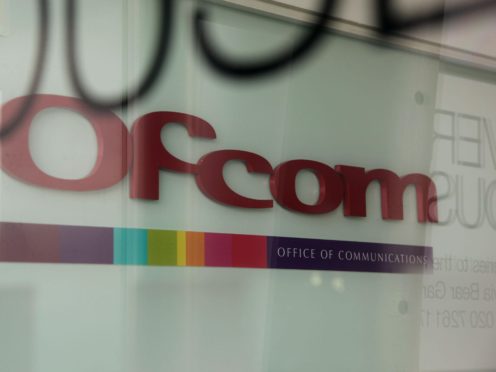Women, ethnic minorities and people with disabilities are still under-represented at a senior level in UK radio, according to a report by Ofcom.
The watchdog’s second major study of the industry’s diversity found men still occupy 63% of senior management positions, and 54% of middle or junior management roles – compared to 44% of non-management roles.
Representation of employees from minority-ethnic backgrounds is still well below the working average of 12% and has barely improved over a year, with just 7% 2018, compared to 6% in 2017.
Our second annual report on diversity in the UK’s radio industry is out – it highlights progress by broadcasters towards broadening their workforce and promoting equal opportunities. https://t.co/VKAniTxE7B
— Ofcom (@Ofcom) July 31, 2019
Just 6% of radio employees were self-defined as disabled in 2018 compared to 5% the year before, and still far below the UK working average of 18%.
Ofcom’s annual report, Diversity and Equal Opportunities in Radio, covers nearly 9,000 staff across 16 companies but particularly focuses on the three main radio broadcasters – BBC Radio, Bauer and Global.
It examines workforce representation across the six protected characteristics outlined in the Equality Act 2010: Age, disability, ethnicity, faith, gender and sexual orientation.
The report found that while women and minorities are still under-represented at senior levels, there has been a marked improvement in the amount of diversity data collected by the radio industry over the last year.
Nine major broadcasters provided data on all six characteristics in 2018, up from just two in 2017.
Around twice as many are now measuring their employees’ age and religion or belief, and while just two major radio companies recorded data on sexual orientation in 2017, 10 did so in 2018.
However, Ofcom said there is still no data for 10% of radio industry employees about their racial group; 13% about disability; 15% about sexual orientation; and 15% about religion or belief.
The problem is more acute for industry freelancers, where 25% of gender data remains missing; 44% for racial group and 58% for disability.
Introducing – Making Waves: the Ofcom Podcast. Vikki Cook is dialling up diversity in radio, joined by Rhona Burns, Paul Keenan and Will Harding to explore the multi-faceted diversity issues faced by broadcasters today, and nothing is off the table. Listen https://t.co/cegQ6SYLgU pic.twitter.com/kTAQfnsNiG
— Ofcom (@Ofcom) July 31, 2019
Vikki Cook, Ofcom’s director of content and media policy said: “There’s still a long way to go before the radio industry reflects the communities it broadcasts to around the UK.
“But broadcasters are making progress, and recognising the cultural and commercial benefits of a diverse workforce.
“We’ll keep supporting their efforts to draw on the best talent across the UK, so they can make even better radio and stay relevant to the widest possible audience.”
